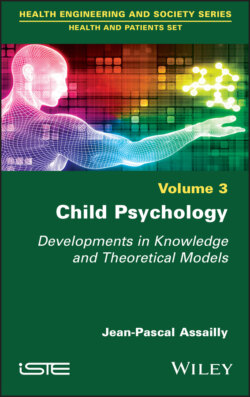Читать книгу Child Psychology - Jean-Pascal Assailly - Страница 74
2.6.3. Pollutants and endocrine disruptors
ОглавлениеPregnant women are exposed to a large number of chemicals through their diet, so the fetal period is more sensitive to the effects of these products. The influence of these products is increasingly being cited in phenomena such as the “obesity epidemic“, that is currently affecting children, or the precociousness of puberty.
Various works have shown associations between prenatal exposure to environmental contaminants that cross the placental barrier (particularly endocrine disruptors) and postnatal growth (Traoré et al. 2018). Heavy metals also have an impact, particularly on intellectual development.
In most cases, chemicals are studied individually and potential interactions or additive effects of substances are not taken into account. However, some recent epidemiological studies have identified relationships between exposure to mixtures of substances and their effects on health: the EDEN and ELFE studies have identified the main mixtures to which mothers are exposed, based on the 441 substances analyzed in the second French Total Diet Study3 (Traoré et al. 2018).
Exposure systems and substance composition were identified from co-exposures: individuals were grouped together to define clusters with similar co-exposure patterns. Six clusters associated with eight mixtures were identified. For example, in ELFE, cluster 2, comprising 10% of the population, was characterized by mixtures “Pest-1”, which contained mainly pesticides, and “TE-F-PAH”, which contained trace elements, furans and polycyclic aromatic hydrocarbons. Similar results were observed in the EDEN study.
This work enabled prioritization of mixtures for which it was crucial to investigate possible toxicological effects and to recommend epidemiological studies regarding health effects (Traoré et al. 2018).
